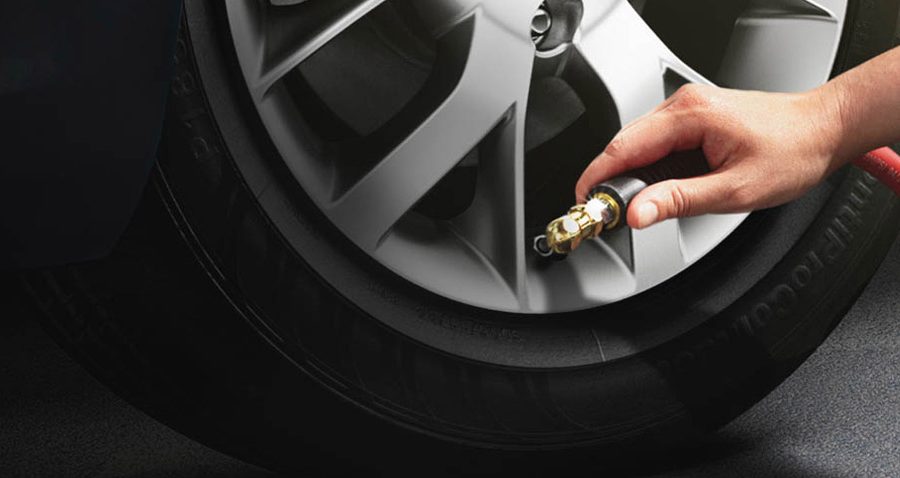In recent years, the need for systems monitoring the current inflation pressure in tires has grown dramatically.
The importance of correct inflation pressure is well known.
An under-inflated wheel determines the tire lifetime, the fuel consumption and our handling properties.
There are 2 ways to monitor the tire pressure, 1st is with hardware (direct TPMS) and the second one is with Software (indirect TPMS).

Vehicle handling depends critically on the tire-road contact patch.
When the tire inflation pressure changes the contact patch is no longer optimal and the handling properties deteriorate.
Furthermore fuel consumption increases and the lifetime of the tires decreases.
Therefore it is very important that the tires are correctly inflated.
We here focus on an indirect tire pressure monitoring system, where no pressure sensors are needed.
The system is based on vibration and wheel radius analysis.
These two approaches are combined for optimal performance concerning sensitivity to detect pressure losses and robustness to
different driving conditions.
When there 2 approaches are combined, it’s possible to determine pressure loss in any tire separated.
There are plenty of on-going R&D projects on indirect TPMS, reflected in over 100 patents. There are two classes of indirect TPMS:
- Using wheels vibration analysis.
- Wheel radius analysis.
These two classes have some different properties regarding robustness and sensitivity,
for instance to varying velocity, and ability to detect pressure changes.
Typically wheel radius analysis is very sensitive to different velocities, but on the other hand it responds very quickly to
pressure changes.
The vibration analysis is sensitive to different road conditions, but is insensitive to various velocities.
The idea in our project is to combine these two classes in a way such that both robustness and sensitivity properties are
enhanced and to get the best results using both algorithms together.

